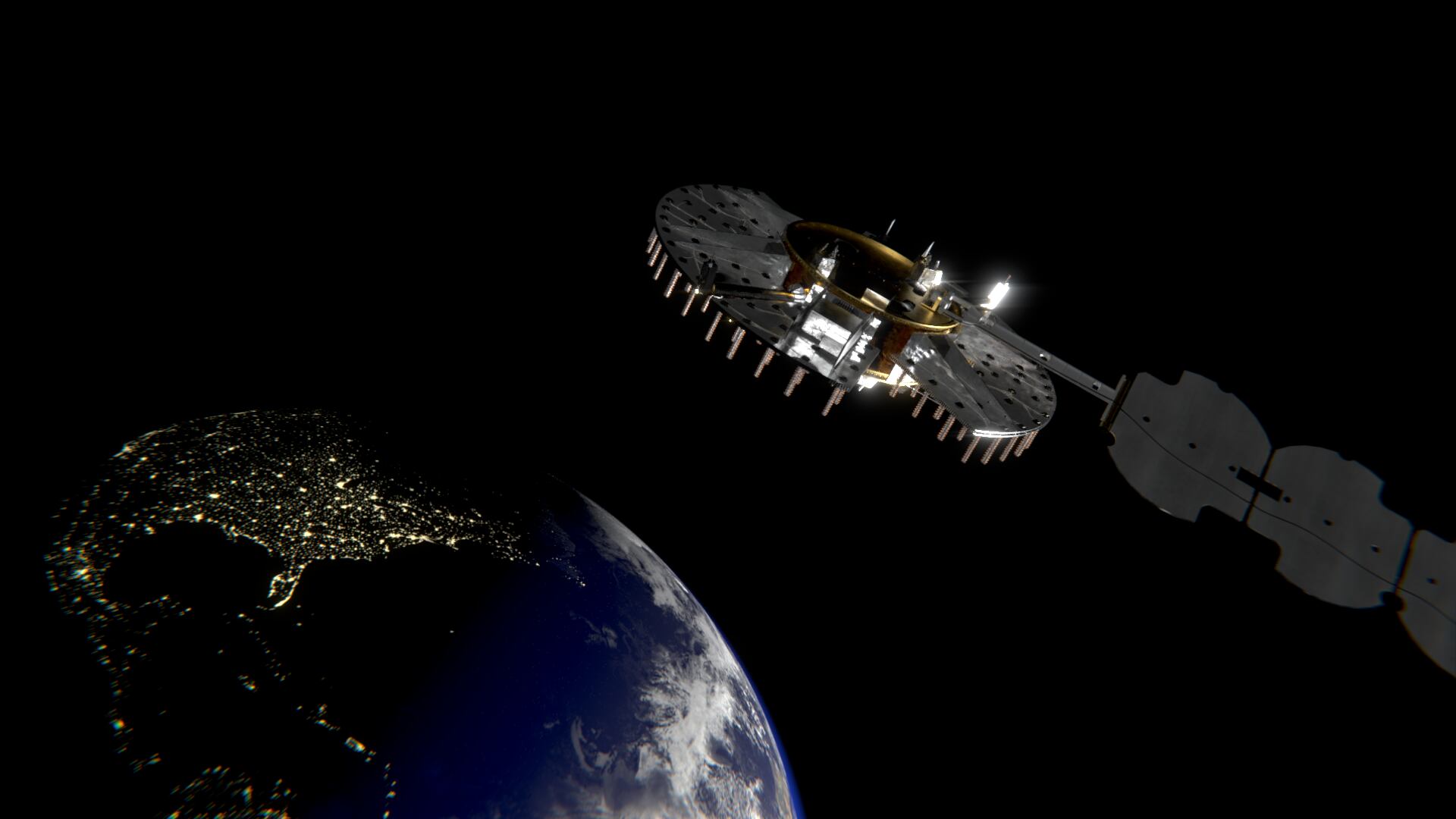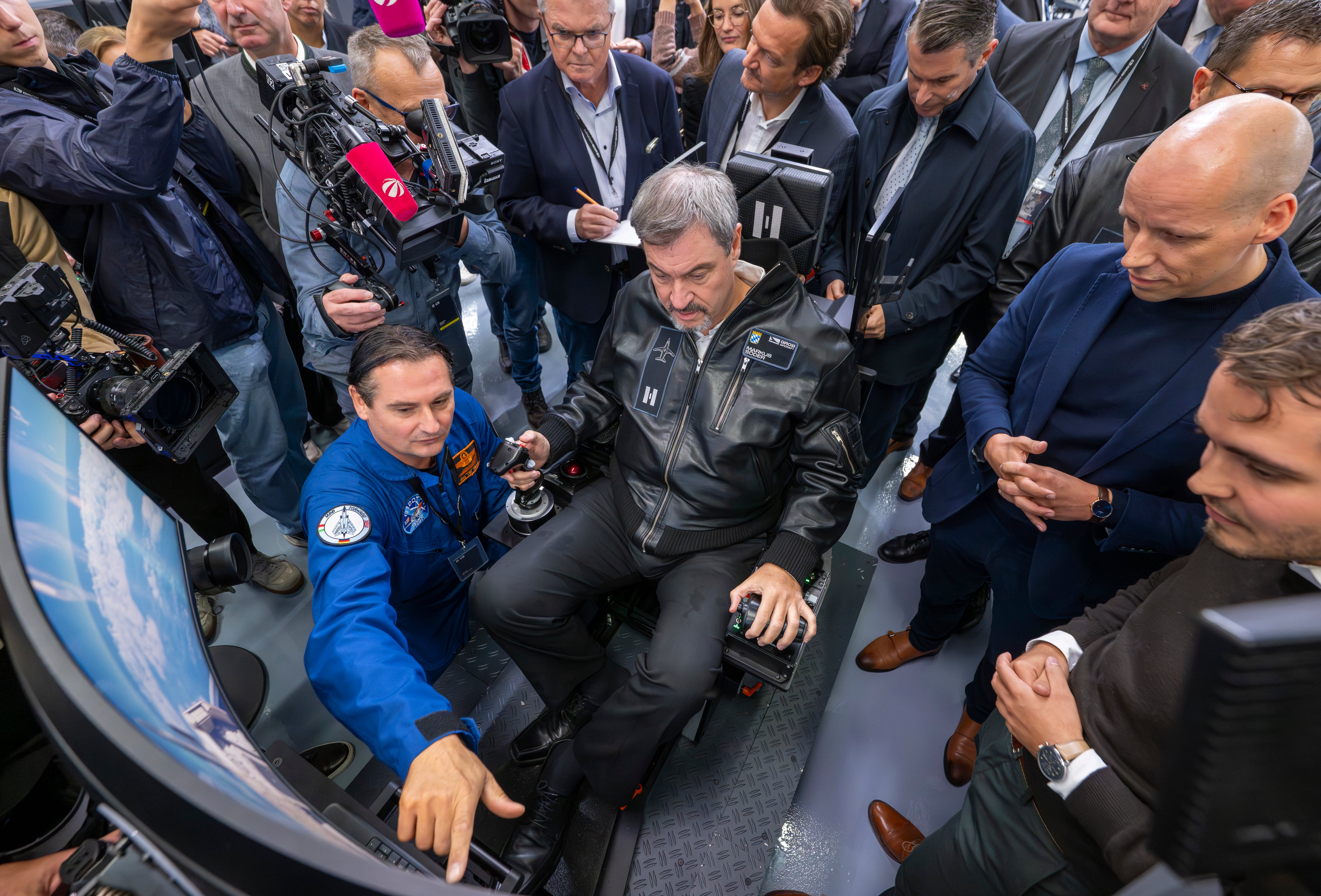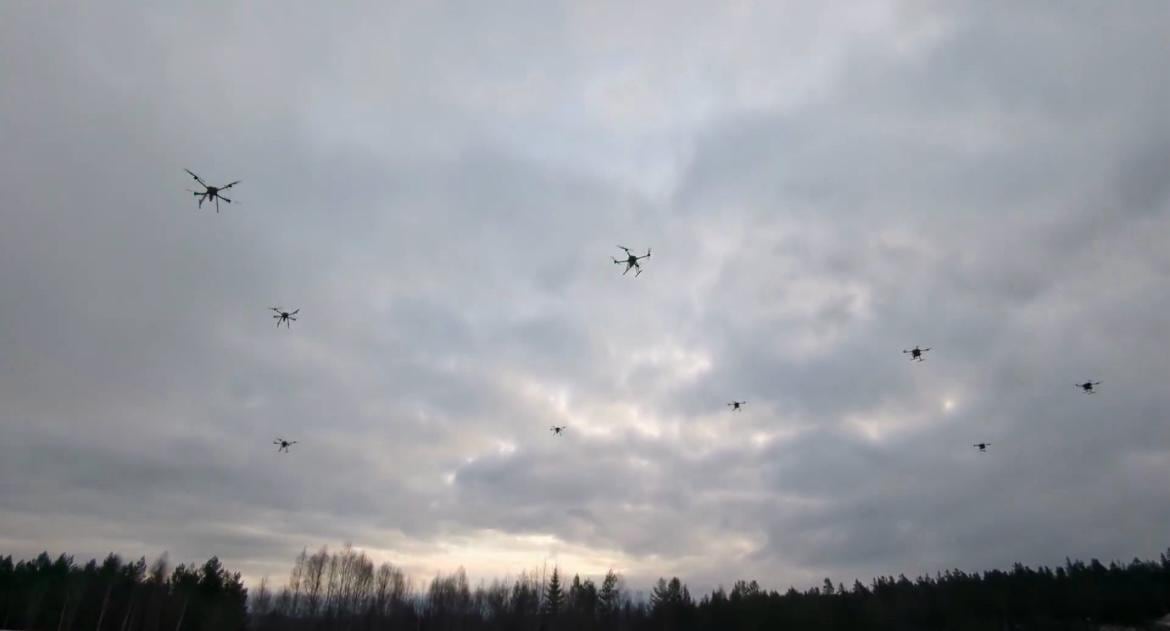The Space Force and United Launch Alliance launched an experimental satellite today, kick-starting a year of demonstrations that could bring new technology to the GPS mission and the broader positioning, navigation and timing enterprise.
The National Technology Satellite-3 spacecraft, or NTS-3, launched from Cape Canaveral Space Force Station in Florida and was the first national security flight for United Launch Alliance’s Vulcan rocket.
Built by L3Harris as part of an Air Force Research Lab and Space Systems Command project, NTS-3 was designed to experiment with new positioning, navigation and timing, or PNT, signals and payloads that could be installed on future GPS satellites and shape future capabilities and operational concepts for spacecraft, ground systems and user equipment.
The satellite was supposed to launch in 2022, but delays to Vulcan — its long-scheduled ride to geosynchronous orbit — kept it grounded for years.
Joanna Hinks, a senior aerospace engineer in AFRL’s Space Vehicles Directorate, told reporters ahead of today’s launch her team is ready to finally see the NTS-3 satellite take flight, adding that the lab is “overdue” for a PNT experiment.
RELATED

AFRL’s last major PNT demonstration flew in 1977 and demonstrated technology that is now integral to today’s GPS satellites.
“With NTS-3 we are going to experiment with a number of technologies that look at how we can continue to evolve and augment GPS to make sure it remains the gold standard that our warfighters need,” Hinks said.
NTS-3’s extra time on the ground allowed AFRL and L3Harris to conduct extended lab testing, and the firm was able to add new signals to the spacecraft after it was initially delivered. Once in orbit, the satellite will perform more than 100 tests exploring a range of technologies — from simultaneous GPS signal broadcast and receipt to autonomous operations to anti-spoofing signals.
“Some of those will be in a lab where we are piping signals into a lab to do our processing, and some of them we anticipate would be in a field environment that where we’re trying to replicate conditions that the warfighter might experience,” Hinks said. “When it comes to clocks and time keeping, we also have experiments that are taking place onboard the satellite and we’re piping that data down to be looked at.”
Once the program proves out different capabilities, the Space Force will weigh options for how to integrate the technology into its GPS production lines. The service had initially planned to funnel NTS-3-proven capabilities into the production line for its newest GPS variant, dubbed GPS IIIF, but launch delays have left little margin for design changes.
Cordell DeLaPena, who oversees the Space Systems Command’s PNT portfolio, told Defense News earlier this year that while the program is shifting from design to production, there’s still some room on the first batch of Lockheed Martin-built GPS IIIF satellites for additional capabilities.
“If there are a handful of these experiments that launch and prove themselves out on orbit and if they’re mature enough to start considering maturing those concepts for production, that would be the path,” DeLaPena said.
And if the service misses that window, there’s always the next batch of spacecraft, he added.
Beyond GPS IIIF, the Space Force’s Resilient GPS program is looking at ways to augment the larger satellite fleet with a constellation of small, lightweight, lower-cost spacecraft. That effort may also benefit from NTS-3 technology.
Hicks noted that in addition to SSC, AFRL is also working with the Space Development Agency and the Space Force’s force design hub, the Space Warfighting Analysis Center, to find potential NTS-3 applications.
Courtney Albon is C4ISRNET’s space and emerging technology reporter. She has covered the U.S. military since 2012, with a focus on the Air Force and Space Force. She has reported on some of the Defense Department’s most significant acquisition, budget and policy challenges.








